Balancing Personal and Business Insurance Needs: A Comprehensive Guide
Insurance is a critical component of both personal and business financial planning. It serves as a safety net, protecting against various risks and uncertainties that could otherwise have significant financial implications. Balancing personal and business insurance needs requires careful consideration and strategic planning. This guide will explore how to effectively manage insurance for both personal and business purposes, ensuring comprehensive coverage while optimizing costs.
1. Understanding Personal Insurance Needs
Personal insurance encompasses several types of coverage designed to protect individuals and their families from unexpected events. The primary types of personal insurance include health insurance, auto insurance, homeowners or renters insurance, life insurance, and disability insurance.
1.1 Health Insurance
Health insurance is crucial for covering medical expenses, including doctor visits, hospital stays, and prescription medications. It is essential to choose a plan that provides adequate coverage for routine care as well as major medical events. Factors to consider include:
- Network Coverage: Ensure the plan includes a network of preferred healthcare providers.
- Deductibles and Copayments: Understand the out-of-pocket costs associated with the plan.
- Coverage Limits: Check for limits on coverage and any exclusions.
1.2 Auto Insurance
Auto insurance protects you against financial loss in the event of a car accident or other vehicle-related incidents. Key aspects to consider are:
- Liability Coverage: Covers damage or injuries caused to others in an accident.
- Collision Coverage: Pays for repairs to your vehicle after an accident.
- Comprehensive Coverage: This covers damage to your vehicle from non-collision events, such as theft or weather-related incidents.
Comparing Insurance Policies and Providers: A Comprehensive Guide
1.3 Homeowners or Renters Insurance
Homeowners insurance protects your home and belongings from risks such as fire, theft, or vandalism. Renters insurance provides similar protection for tenants. Consider the following:
- Property Coverage: Ensure your policy covers the full replacement value of your home or personal belongings.
- Liability Coverage: Protects against claims of injury or damage occurring on your property.
- Additional Living Expenses: Covers costs if your home becomes uninhabitable due to a covered event.
1.4 Life Insurance
Life insurance provides financial support to your beneficiaries in the event of your death. The two main types are term life insurance and whole life insurance:
- Term Life Insurance: Provides coverage for a specific period, typically 10, 20, or 30 years.
- Whole Life Insurance: Offers coverage for your entire life and includes a savings component.
1.5 Disability Insurance
Disability insurance offers income replacement if you are unable to work due to illness or injury. It is essential to evaluate:
- Short-Term vs. Long-Term Coverage: Short-term policies cover a limited period, while long-term policies provide coverage for extended periods.
- Elimination Period: The waiting period before benefits begin.
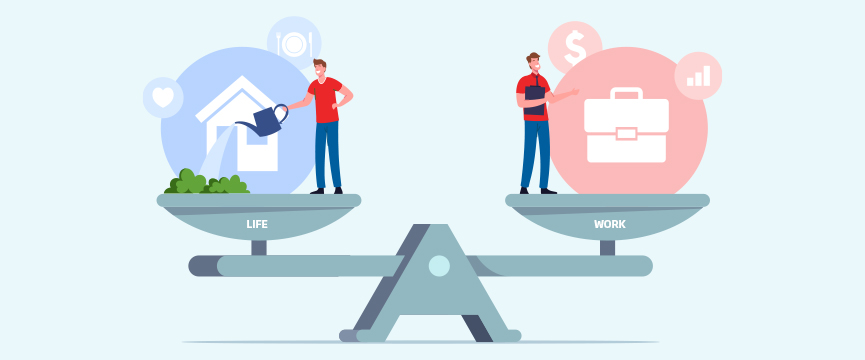
2. Understanding Business Insurance Needs
Business insurance is tailored to protect a company’s assets, employees, and operations. The primary types of business insurance include general liability insurance, property insurance, professional liability insurance, workers’ compensation insurance, and business interruption insurance.
2.1 General Liability Insurance
General liability insurance protects against claims of bodily injury, property damage, and personal injury occurring on your business premises or due to your business operations. Key elements to consider are:
- Coverage Limits: Ensure limits are adequate for potential claims.
- Exclusions: Be aware of what is not covered under the policy.
2.2 Property Insurance
Property insurance covers damage to your business property, including buildings, equipment, and inventory. Consider:
- Replacement Cost vs. Actual Cash Value: Replacement cost covers the full cost of replacing damaged property, while actual cash value deducts depreciation.
- Coverage for Business Interruption: Includes loss of income due to a covered event.
2.3 Professional Liability Insurance
Professional liability insurance (also known as errors and omissions insurance) protects against claims of negligence, errors, or omissions in the professional services you provide. Evaluate:
- Coverage for Legal Defense Costs: Includes costs to defend against claims, even if they are groundless.
- Claims Made vs. Occurrence Policies: Claims-made policies cover claims made during the policy period, while occurrence policies cover incidents that occur during the policy period regardless of when the claim is made.
2.4 Workers’ Compensation Insurance
Workers’ compensation insurance provides benefits to employees who suffer work-related injuries or illnesses. Key considerations are:
- State Requirements: Coverage requirements vary by state, so ensure compliance with local laws.
- Coverage Limits: Includes medical expenses, lost wages, and rehabilitation costs.
2.5 Business Interruption Insurance
Business interruption insurance helps cover lost income and operating expenses if your business is temporarily closed due to a covered event. Consider:
- Coverage for Various Scenarios: Ensure coverage includes a range of potential disruptions, such as natural disasters or fire.
- Duration of Coverage: Check how long the policy will provide benefits.
3. Balancing Personal and Business Insurance
Balancing personal and business insurance involves ensuring that both areas are adequately covered without unnecessary duplication or gaps. Here are some strategies for achieving this balance:
3.1 Assess Overlaps and Gaps
Review both your personal and business insurance policies to identify any overlaps or gaps in coverage. For example:
- Home-Based Businesses: Personal homeowners insurance may not cover business-related losses, so you might need additional business insurance.
- Business Vehicles: Ensure that vehicles used for business purposes are covered under a commercial auto insurance policy.
3.2 Coordinate Coverage Levels
Align coverage levels across personal and business policies to avoid underinsurance or overinsurance. Consider:
- Liability Limits: Ensure that liability limits are adequate to protect against potential claims in both personal and business contexts.
- Deductibles and Copayments: Evaluate whether higher deductibles on one policy might impact coverage on another.
3.3 Explore Bundling Options
Many insurance providers offer discounts for bundling multiple policies. Explore options for bundling personal and business insurance policies to reduce overall costs. Bundling can also simplify management by consolidating multiple policies with a single provider.
3.4 Regularly Review and Update Policies
Regularly review and update your insurance policies to reflect changes in your personal and business circumstances. Key times to review include:
- Life Events: Major life events, such as marriage, childbirth, or purchasing a home, may require adjustments to personal insurance.
- Business Changes: Business growth, new products or services, or changes in operations may necessitate updates to business insurance.
3.5 Consult with an Insurance Professional
Working with an insurance professional can help you navigate complex insurance needs and ensure that both personal and business coverage is appropriately balanced. An insurance advisor can:
- Conduct a Comprehensive Risk Assessment: Identify risks and recommend suitable coverage options.
- Provide Expert Guidance: Offer insights into the best insurance solutions for your specific needs.
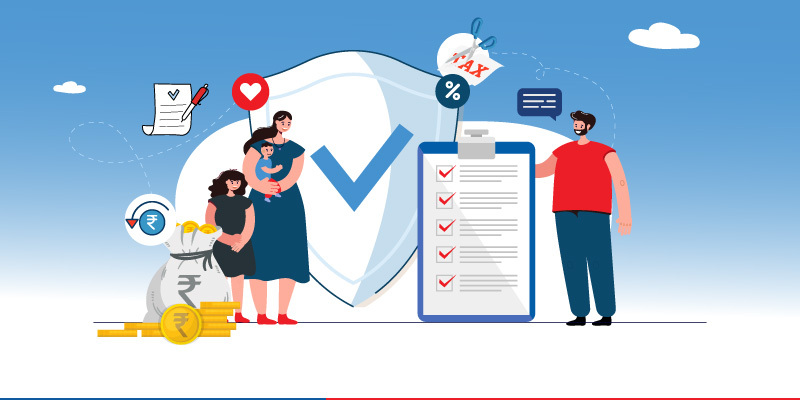
4. Case Studies: Balancing Personal and Business Insurance
4.1 Case Study 1: Home-Based Entrepreneur
A freelance graphic designer operates from a home office. The designer initially relied on personal homeowners insurance but soon realized that it did not cover business-related losses, such as damage to expensive equipment. The solution was to purchase a home-based business insurance policy that provided adequate coverage for both the home and the business equipment.
4.2 Case Study 2: Growing Small Business
A small manufacturing business expanded its operations and acquired new equipment. The business owner reviewed their insurance policies and found that the existing property insurance did not cover the new equipment. The business owner updated their property insurance policy to include the new assets and increased coverage limits to reflect the expanded operation.
Balancing personal and business insurance needs is essential for comprehensive protection and financial security. By understanding the various types of personal and business insurance, assessing overlaps and gaps, coordinating coverage levels, exploring bundling options, and regularly reviewing policies, you can ensure that both your personal and business risks are adequately managed. Consulting with an insurance professional can further enhance your ability to navigate complex insurance needs and make informed decisions.
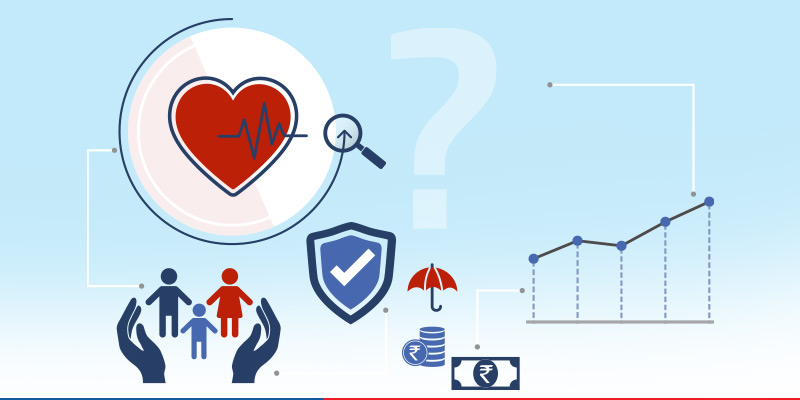
Ultimately, a well-balanced insurance strategy provides peace of mind, allowing you to focus on personal and business goals without the worry of unforeseen financial setbacks.
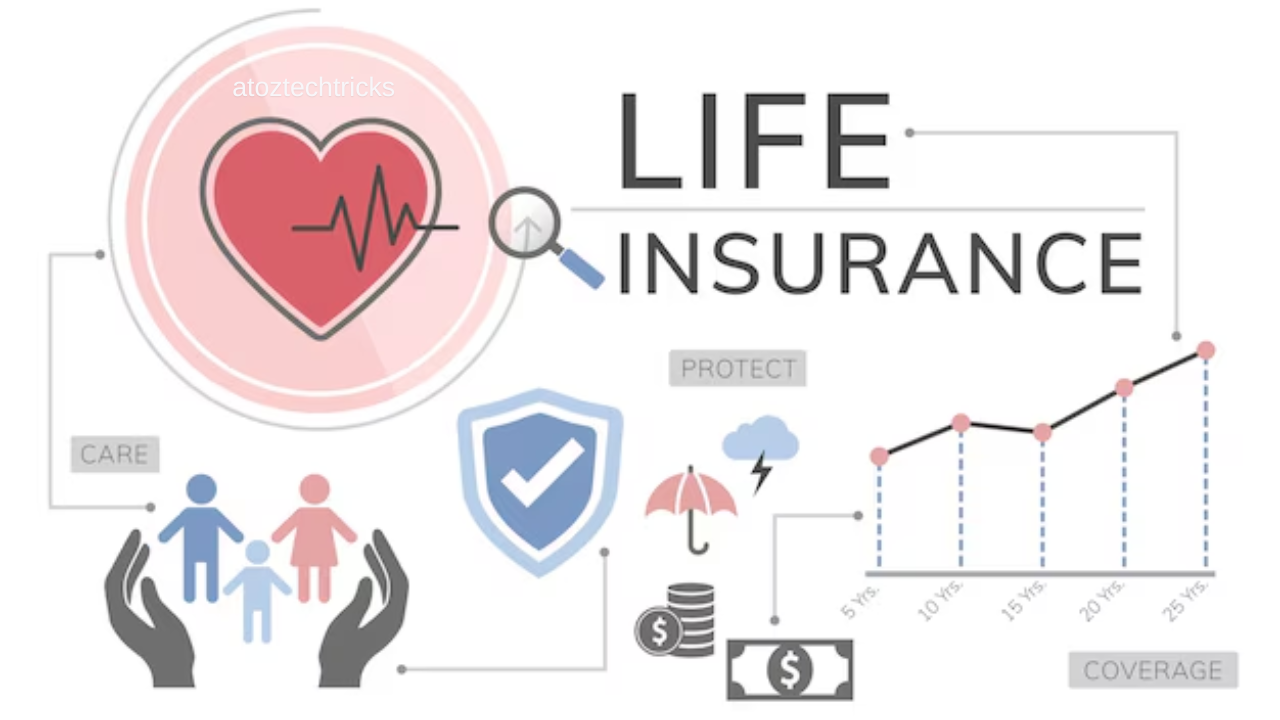

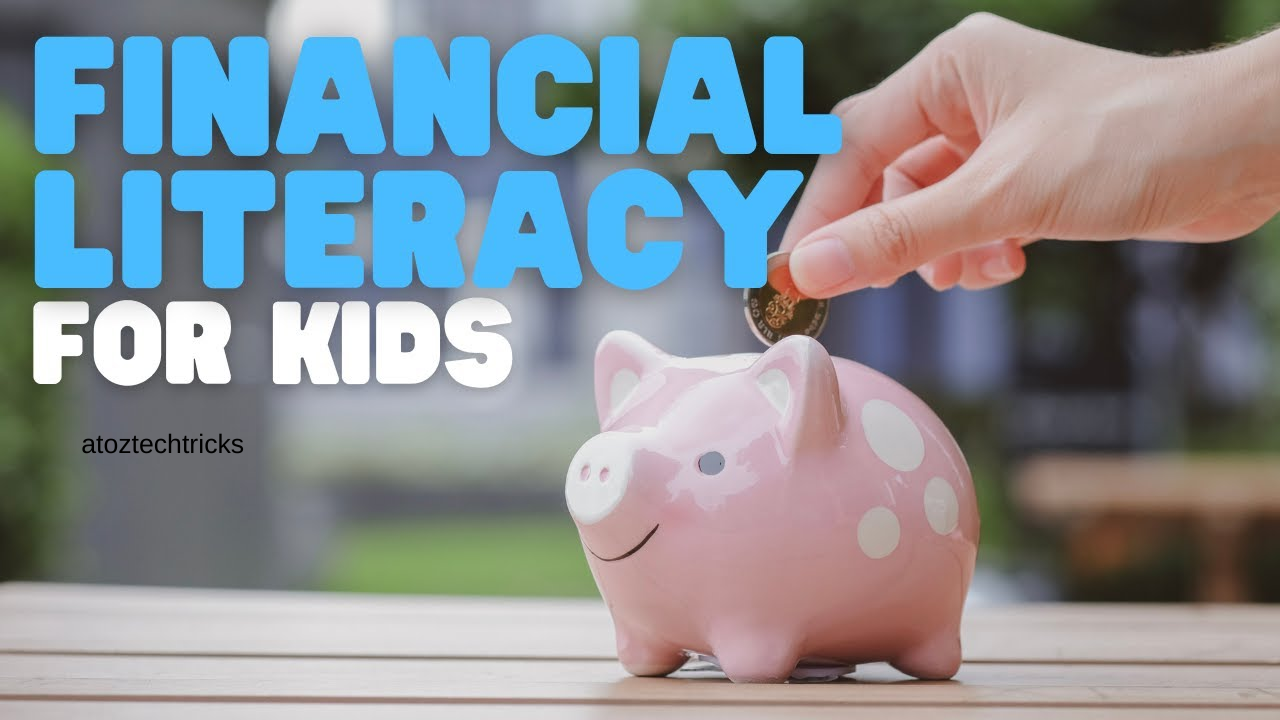

Post Comment